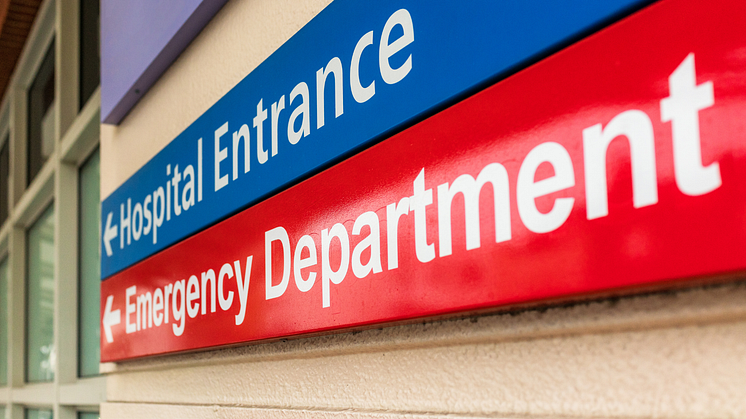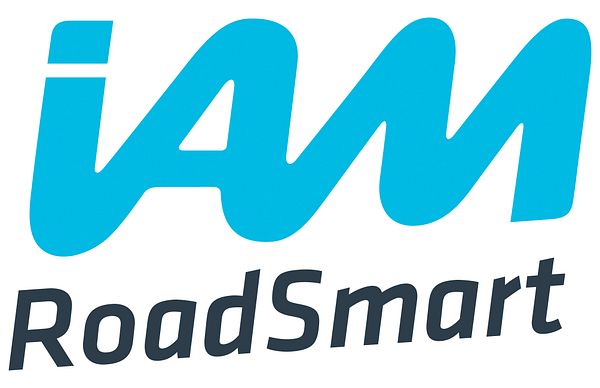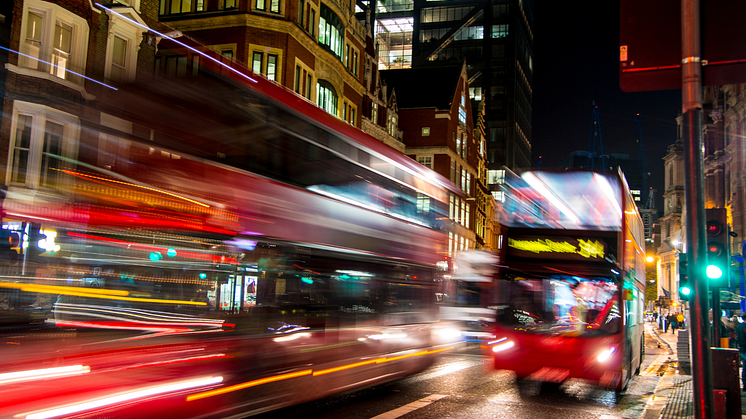
Press release -
Britain’s drug-driving crisis puts pressure on A&E departments
- Growing numbers of drug-drivers are wreaking havoc on Britain’s roads and adding pressure to hard-pressed A&E departments due to inefficient testing protocols
- All time high…this comes in the wake of an over 260 per cent surge in drug-driving casualties in the last decade, and 1-in-10 people saying they have driven, or been a passenger in a vehicle where the driver has been under the influence of illegal drugs
- No quick fix…IAM RoadSmart has called on the government to take urgent action to cure Britain’s drug-drive problem once and for all
Britain’s decade-long drug-driving epidemic could be adding further pressure to already beleaguered A&E departments across the country, according to the UK’s leading road safety charity, IAM RoadSmart.
Indeed, the charity has analysed Department for Transport (DfT) statistics to discover that there were almost 2,500 casualties in relation to drug-driving in 2021, representing a surge of over 260 per cent since 2012.
The issue has also been felt in the courts, as Criminal Justice System Statistics (CJSS) have disclosed that the number of drug-driving convictions has increased year on year, reaching 12,500 in 2019. Worryingly, nearly half (44 per cent)* of these crimes are perpetrated by repeat offenders, with many of these cases occurring within one year.
Such troubling trends come amid worrying reports* that, due to inefficient testing protocols, which requires blood samples to be taken by a healthcare practitioner, some police officers are resorting to bringing drug-driving suspects to hard-pressed A&E departments to take a sample. This comes at a time when hospitals are facing record waiting times, placing extra pressure on NHS nurses and doctors.
IAM RoadSmart’s survey of 2,028 motorists found that this problem is also set to deepen, with 1-in-10 respondents stating that they have driven, or been a passenger in a vehicle where the driver has been under the influence of illegal drugs.
The survey also discovered that 6 per cent of people would be comfortable driving while under the influence of illegal drugs, and 14 per cent of those surveyed stated that they would not stop a family member or friend who was planning to drive while under the influence of drugs.
IAM RoadSmart’s most recent annual Safety Culture Report showed that motorists consider drink and drug-drivers as one of the biggest risks to their personal safety – more than other issues such as speeding on residential streets, people driving aggressively or not wearing a seat belt.
Neil Greig, Director of Policy and Research at IAM RoadSmart, commented:
“With cases surging and attitudes as they are, Britain’s drug-drive picture is a bleak one. IAM RoadSmart has already proposed a smart package of solutions to help address this issue, including: developing a dedicated drug-drive course, prescription reform and for the government to finally release the outcome of its own drug-driving consultation.
“If these are actioned, we might finally see progress made on this critical road safety issue before more lives are tragically lost.”
IAM RoadSmart recently called on the government to reform the approach to drug-driving. To learn more, visit https://bit.ly/3JZ2dsT.
Topics
Categories
Regions
About IAM RoadSmart
IAM RoadSmart is the UK’s largest road safety charity. It has a vision of a society where all road users can safely and sustainably use the public highways together. It does this through a range of means including through the advanced driving and riding tests. IAM RoadSmart was formed in March 1956 and has over 75,000 members that supports its campaigns on road safety. At any one time there are over 7,000 drivers and riders actively engaged with IAM RoadSmart’s courses.
To find out more about IAM RoadSmart products and services visit: www.iamroadsmart.com







